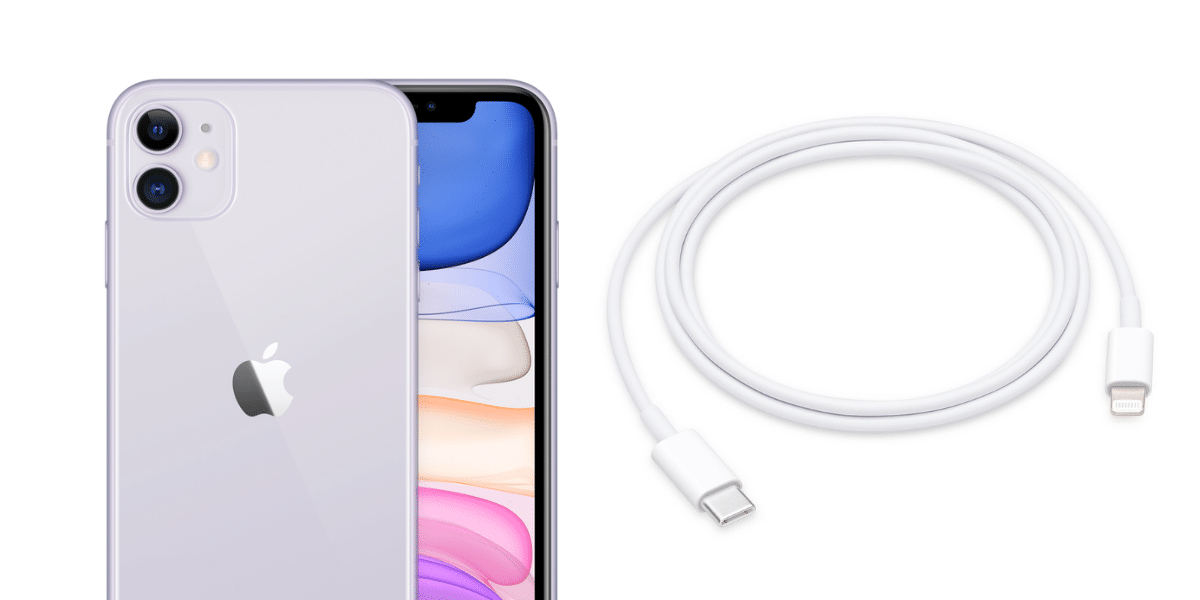
There are many rumors that are reaching us lately about a possible modification of the charging port of the next iPhone, leaving Lightning behind and adopting the long-awaited USB-C. If a few days ago the famous analyst Ming-Chi Kuo showed that Apple planned to replace the connector with a USB-C input, now it is Bloomberg who claims that Apple is internally testing an iPhone design with USB-C.
Apple introduced the Lightning connector along with the iPhone 5, thus replacing the 30-pin connector and not adopting what the industry was asking for at the time, the micro-USB. a decade later, Apple could leave this connector aside and the iPhone 14 will be the last one to have a Lightning connection and not USB-C.
However, the USB-C connector is not new to Apple, which has already switched its entire line of iPads (except for the entry model) to this connector. In addition, MacBooks also have USB-C connectivity and left previous connections long ago. Let's also not forget that, although the iPhone's direct connector is Lightning, the latest models are already being launched with a USBC-Lightning connector, so we can say that the iPhone already knows how to charge via USB-C. Or, at least, half of the load.
Coinciding with Ming-Chi and the rumors of the imposition of Europe to adopt a unified port, Bloomberg has released in a publication Apple's intention to abandon the Lightning port from next year in favor of USB-C. This means that a future iPhone 15, in 2023, would already have this new connector.
The speed of data transfer can also be a factor to consider for this adoption. You already know that the USB-C connector is just the physical method, but then it can have other standards behind it that make the transfer much faster (such as Thunderbolt on Macs).
Bloomberg also indicates that Apple would be working on a Lightning to USB-C adapter to maintain compatibility between both connectors.
With so much noise about it, it seems that the reality of having an iPhone with USB-C is closer. Without a doubt, an opportunity to improve its connectivity and, why not, reduce the number of different cables that we need to charge all our devices.